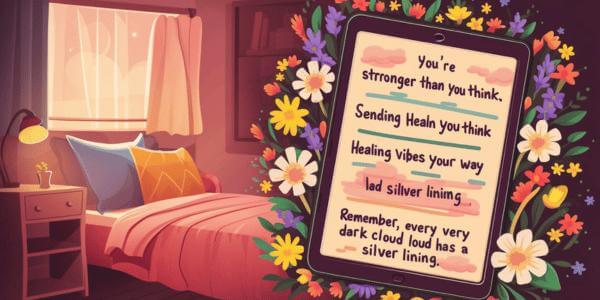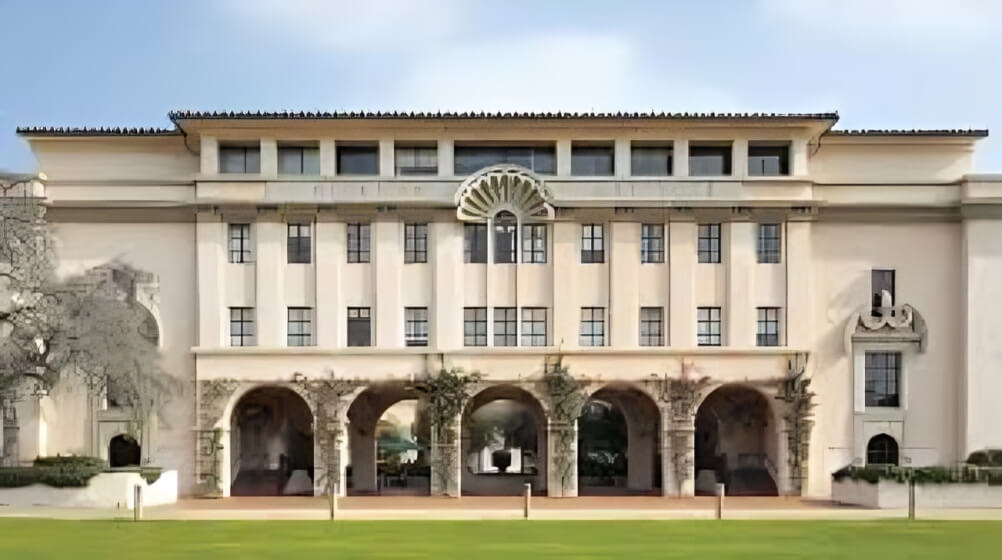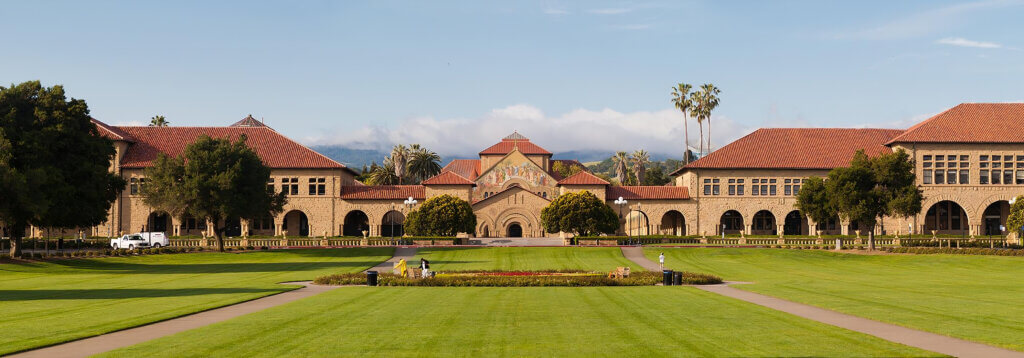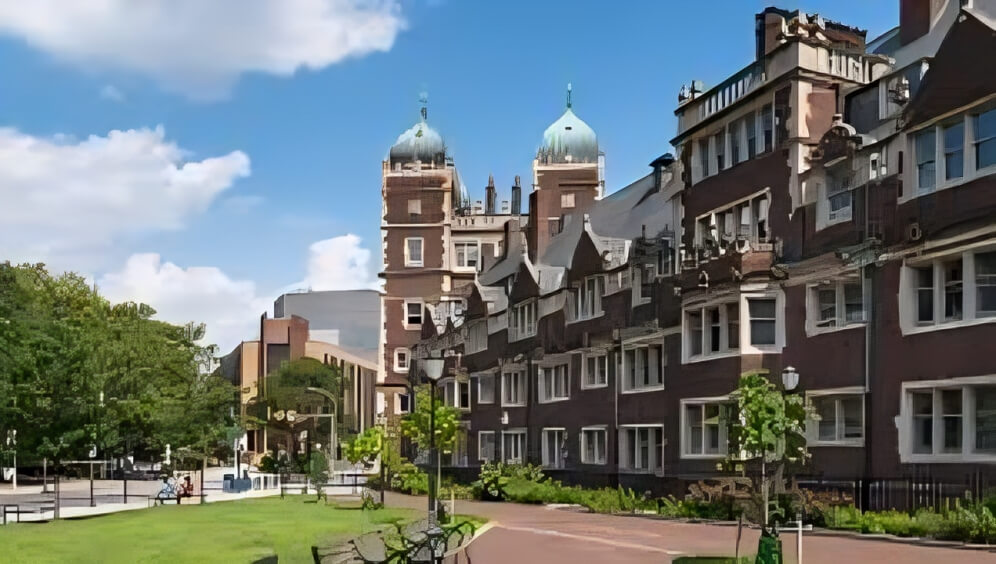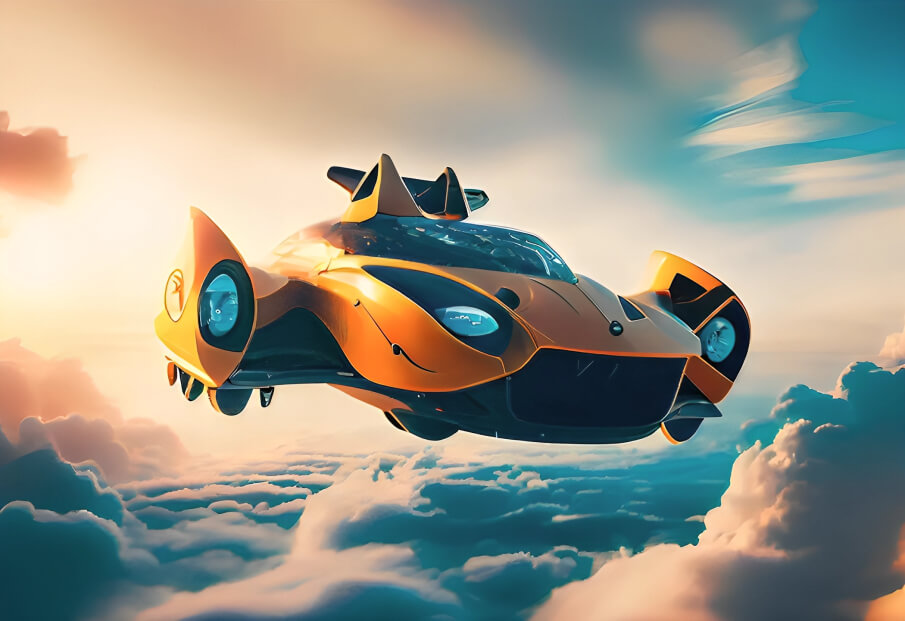Studio Ghibli is not just an animation studio; it’s a symbol of imaginative storytelling, heartfelt emotion, and artistic excellence. Since its founding in 1985, the Japanese animation powerhouse has enchanted audiences worldwide with visually stunning, thematically rich films that transcend cultural boundaries. Known for hand-drawn animation and deeply human stories, Studio Ghibli has earned its place as one of the most revered film studios in the world.
Origins of Studio Ghibli
Studio Ghibli was co-founded by Hayao Miyazaki, Isao Takahata, and Toshio Suzuki after the success of Nausicaä of the Valley of the Wind (1984), directed by Miyazaki. Though not technically a Studio Ghibli production, Nausicaä set the stage for what was to come — strong female protagonists, environmental themes, and fantastical worlds rooted in emotional realism.
The word “Ghibli” comes from the Italian word for a hot desert wind. The founders chose the name to represent a new wind blowing through the world of animation — and that’s exactly what they did.
Vision and Philosophy
Unlike many Western studios driven primarily by commercial interests, Ghibli’s ethos is focused on artistry and message. Hayao Miyazaki once said, “We’re not trying to make a box office hit — we’re trying to make a film that will stay in your heart forever.”
Three core philosophies drive Studio Ghibli’s work:
1. Emotional Truth Over Commercial Trend
Rather than following trends, Ghibli’s films delve into deeply personal, universal themes — loss, growth, courage, family, war, and nature. Their characters often face emotional and moral challenges instead of conventional “good vs. evil” conflicts.
2. Strong Female Leads
From Nausicaä to Kiki to Chihiro, Studio Ghibli frequently features courageous and compassionate female protagonists. These characters are not defined by romance or physical strength but by empathy, determination, and growth.
3. Respect for Nature
Many Ghibli films explore the relationship between humans and the environment. Works like Princess Mononoke and Nausicaä warn of ecological destruction while celebrating the beauty of the natural world.
Masterpieces of Ghibli
My Neighbor Totoro (1988)
Directed by Hayao Miyazaki, Totoro is a gentle story of two sisters who encounter forest spirits while dealing with their mother’s illness. It’s less about plot and more about mood — a warm, nostalgic slice of rural life. Totoro, the iconic forest creature, has become the studio’s mascot, symbolizing innocence and wonder.
Grave of the Fireflies (1988)
Directed by Isao Takahata, this heart-wrenching film depicts two siblings struggling to survive in Japan during World War II. It’s a raw, emotional anti-war masterpiece that many viewers find difficult to watch more than once — but never forget.
Kiki’s Delivery Service (1989)
This coming-of-age story follows a young witch named Kiki who moves to a new town and starts a delivery service. It explores themes of self-doubt, independence, and the creative burnout that many artists face. Like many Ghibli films, it lacks a traditional antagonist — the conflict is internal.
Princess Mononoke (1997)
Set in medieval Japan, Princess Mononoke is a violent, mature exploration of industrialization and nature. It’s a morally complex tale with no true villains. The film was groundbreaking in Japan and helped pave the way for Ghibli’s international recognition.
Spirited Away (2001)
Perhaps Studio Ghibli’s most famous film, Spirited Away won the Academy Award for Best Animated Feature in 2003. It follows Chihiro, a ten-year-old girl trapped in a spirit world, as she learns courage and maturity in a strange, magical bathhouse. The film is celebrated for its rich symbolism, stunning art, and surreal yet grounded characters.
Howl’s Moving Castle (2004)
Loosely based on Diana Wynne Jones’s novel, Howl’s Moving Castle blends steampunk fantasy with anti-war sentiment. It centers on Sophie, a young woman transformed into an old lady, and her journey with the elusive wizard Howl. The film was a reaction to the Iraq War and is noted for its stunning visuals and themes of transformation.
The Wind Rises (2013)
Miyazaki’s “final” film (he later returned) is a fictionalized biography of aircraft designer Jiro Horikoshi. It’s a contemplative piece that examines the tension between artistic dreams and real-world consequences — especially as Jiro’s beautiful aircrafts are used for war.
The Ghibli Aesthetic
Studio Ghibli is renowned for its hand-drawn animation. Even in an age of digital production, Ghibli has largely resisted CGI, favoring traditional artistry. Their backgrounds are lush, detailed, and often inspired by real-world locations in Japan and Europe. Their characters are expressive without being exaggerated, and their motion is smooth, lifelike, and purposeful.
Sound design and music also play a crucial role. Longtime composer Joe Hisaishi has scored many of Miyazaki’s films, creating timeless soundtracks that amplify each film’s emotional resonance. From the gentle piano themes of Kiki’s Delivery Service to the sweeping orchestral melodies of Princess Mononoke, his work is inseparable from the Ghibli experience.
Global Influence and Legacy
Ghibli’s films have been released in multiple languages and are beloved across the world. Disney once held the rights to distribute Ghibli’s films outside Japan, ensuring a wider reach. Notably, they were careful to preserve the integrity of the original scripts — following Miyazaki’s infamous “no cuts” policy after earlier localization missteps (such as the heavily edited U.S. release of Nausicaä).
Ghibli has influenced countless creators across the globe. Pixar’s John Lasseter is a known admirer, and many modern animators cite Ghibli as foundational to their storytelling approach. The studio’s films are even studied in film schools for their narrative structure and artistic merit.
In Japan, Ghibli’s cultural status is akin to Disney’s. The Ghibli Museum in Mitaka, Tokyo is a pilgrimage site for fans, offering a whimsical, interactive experience designed by Miyazaki himself. In 2022, Ghibli Park opened in Aichi Prefecture — not a theme park of rides, but a meditative, immersive environment inspired by the studio’s films.
Studio Ghibli Today
Though Hayao Miyazaki has announced retirement multiple times, he continues to return to work. His upcoming film, The Boy and the Heron (How Do You Live?), released in 2023 in Japan, marked his latest return — and, reportedly, his final film.
Meanwhile, Ghibli continues under the direction of younger talents, including Miyazaki’s son Goro Miyazaki (From Up on Poppy Hill, Earwig and the Witch). However, the studio faces challenges in a rapidly evolving industry dominated by 3D animation, streaming platforms, and fast production cycles.
Despite this, Ghibli remains committed to its core values — taking time, honoring craftsmanship, and telling stories that matter.
Why Ghibli Endures
What sets Studio Ghibli apart isn’t just its animation style or storytelling — it’s the soul behind every frame. Ghibli films don’t talk down to children or oversimplify adult themes. They show that growth is messy, that people can be both kind and flawed, and that there’s magic in the everyday.
Whether it’s the wide-eyed wonder of Totoro, the sorrow of Grave of the Fireflies, or the fierce independence of San in Princess Mononoke, Studio Ghibli offers viewers something rare in today’s fast-paced media landscape: a moment to breathe, reflect, and dream.
Conclusion
Studio Ghibli isn’t just a film studio; it’s a living legacy of artistry, philosophy, and heart. Its films continue to inspire generations across the world, proving that hand-drawn stories can be timeless, that animation can be art, and that dreams — when told with sincerity — can change the world.



